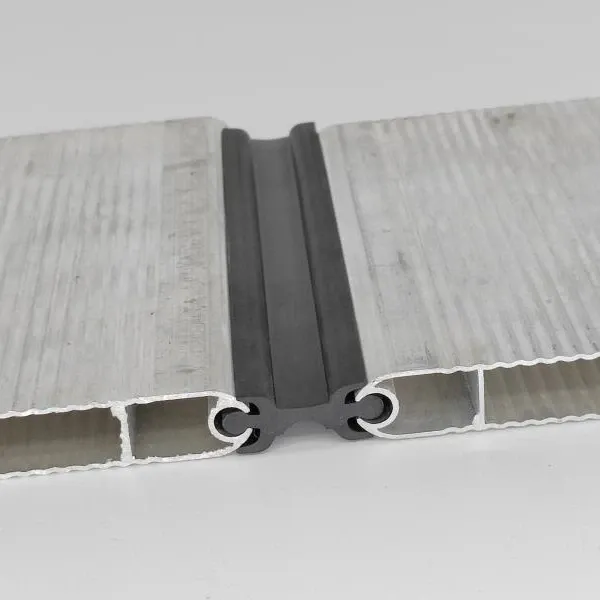In a study published in the journal Toxicology, researchers examined the effects of exposing human colon cancer cell line (HTC116) titanium dioxide food additives in vitro. “In the absence of cytotoxicity, E171 was accumulated in the cells after 24 hours of exposure, increasing granularity and reactive oxygen species, inducing alterations in the molecular pattern of nucleic acids and lipids, and causing nuclei enlargement, DNA damage and tubulin depolymerization,” the scientists wrote. Researchers removed the additive from the culture, then examined the results 48 hours later. They found, “The removal of E171 was unable to revert the alterations found after 24 h of exposure in colon cells. In conclusion, exposure to E171 causes alterations that cannot be reverted after 48 h if E171 is removed from colon cells.”
 Home
Home








 It is added to materials like silicon to provide insulation and protection against heat and corrosion It is added to materials like silicon to provide insulation and protection against heat and corrosion
It is added to materials like silicon to provide insulation and protection against heat and corrosion It is added to materials like silicon to provide insulation and protection against heat and corrosion


